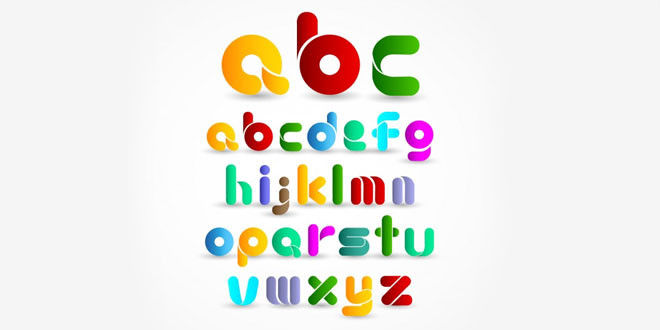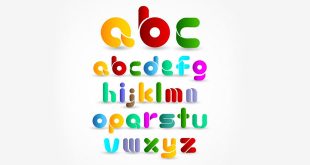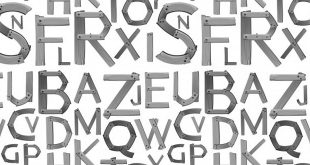Examples Of Metonymy
Metonymy In Poetry
Example 1
We passed the School, where Children strove
At Recess, in the Ring
We passed the fields of Gazing Grain
We passed the Setting Sun
Or rather, He passed Us
The Dews drew quivering and chill
For only Gossamer, my Gown
My Tippet, only Tulle
We paused before a House that seemed
A Swelling of the Ground
The Roof was scarcely visible
The Cornice in the Ground
Since then ’tis Centuries, and yet
Feels shorter than the Day
I first surmised the Horses’ Heads
Were toward Eternity
– Because I Could Not Stop For Death – Emily Dickinson
Example 2
The buzz saw snarled and rattled in the yard
And made dust and dropped stove-length sticks of wood,
Sweet-scented stuff when the breeze drew across it.
And from there those that lifted eyes could count
Five mountain ranges one behind the other
Under the sunset far into Vermont.
And the saw snarled and rattled, snarled and rattled,
As it ran light, or had to bear a load.
And nothing happened: day was all but done.
Call it a day, I wish they might have said
To please the boy by giving him the half hour
That a boy counts so much when saved from work.
His sister stood beside them in her apron
To tell them “Supper.” At the word, the saw,
As if to prove saws knew what supper meant,
Leaped out at the boy’s hand, or seemed to leap-
He must have given the hand. However it was,
Neither refused the meeting. But the hand!
The boy’s first outcry was a rueful laugh,
As he swung toward them holding up the hand
Half in appeal, but half as if to keep
The life from spilling. then the boy saw all-
Since he was old enough to know, big boy
Doing a man’s work, though a child at heart-
He saw all spoiled. “Don’t let him cut my hand off-
The doctor, when he comes. Don’t let him, sister!”
So, But the hand was gone already.
The doctor put him in the dark of ether.
He lay and puffed his lips out with his breath.
And then-the watcher at his pulse took fright.
No one believed. They listened at his heart.
Little-less-nothing!-and that ended it.
No more to build on there. And they, since they
Were not the one dead, turned to their affairs.
– Out, Out – Robert Frost
At first glance, it may be difficult to find out the use of metonymies in the above two examples. However, when you take a deeper look at the poem and are better acquainted with a metonymy as a figure of speech, the whole process should be a breeze. Look at the first line in the first poem: “We passed the School, where Children strove”. The word ‘school’ represents a building, but then school also stands to represent the children studying in that particular school. Using the same logic, it wouldn’t be too difficult for you to figure out how well metonymies are used by both Emily Dickinson and Robert Frost in their respective poems.
Examples In Regular Language
- “He writes a fine hand.” – This means that the person writes neatly or has good handwriting.
- “The pen is mightier than the sword.” – This only means that words spoken well are mightier than military force.
- “We have always remained loyal to the crown.” – The crown here stands to symbolize the king of a particular country. This metonymy is used commonly when talking or writing.
- “The House was called to order.” – This means that the ‘members’ of a House, assuming that it’s a House of Parliament, were called to order.
- ‘He is a man of cloth’ – This only means to say that the man who the sentence is talking about is a man who belongs to a religious sect; cloth signifies that ‘robes’ worn by religious men.
- ‘She works with a newspaper’ – Take a close look at this sentence. If you knew nothing about metonymies, you would probably think that the person the sentence is talking about works with a ‘newspaper’. However, here newspaper is more than just what your paperboy brings every day. Newspaper stands to represent a group of journalists and editors working together to churn out news items.
With examples from poetry and regular language, you should not be much of a stranger to the art of using metonymies by now. Read a lot and expose yourself to a lot more examples of metonymy to get a better understanding of it. You never know, you might end up becoming a ‘pro’ at the usage of metonymies.
 Class Notes NCERT Solutions for CBSE Students
Class Notes NCERT Solutions for CBSE Students


